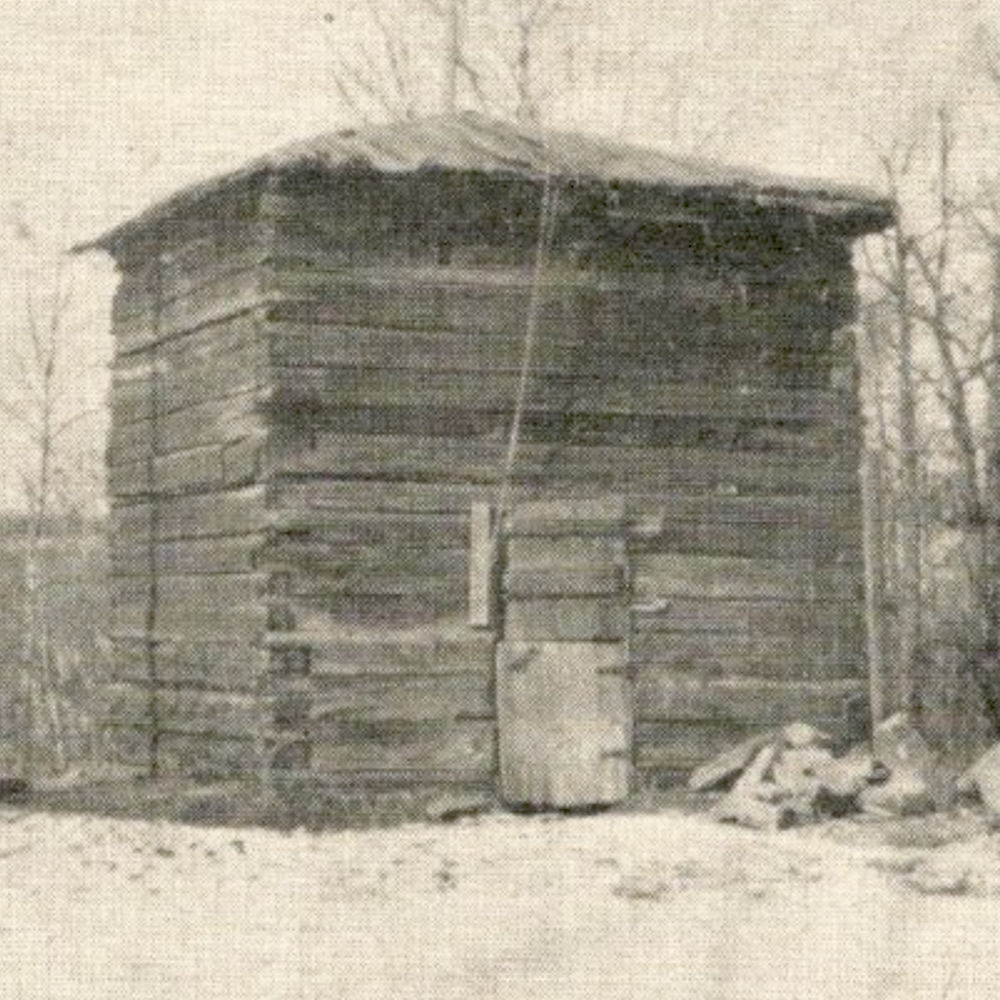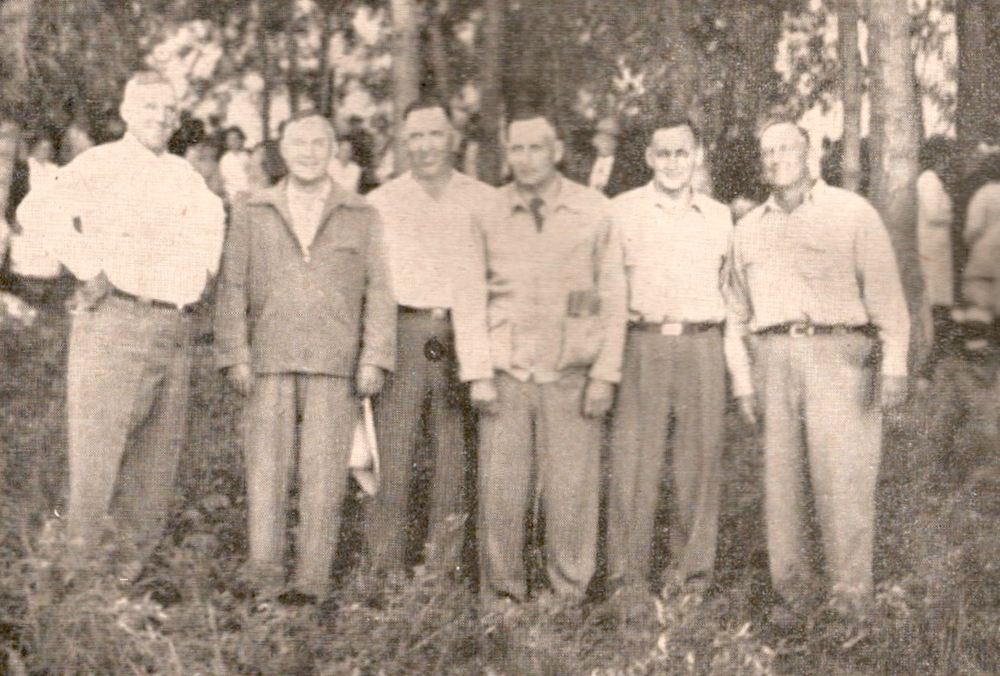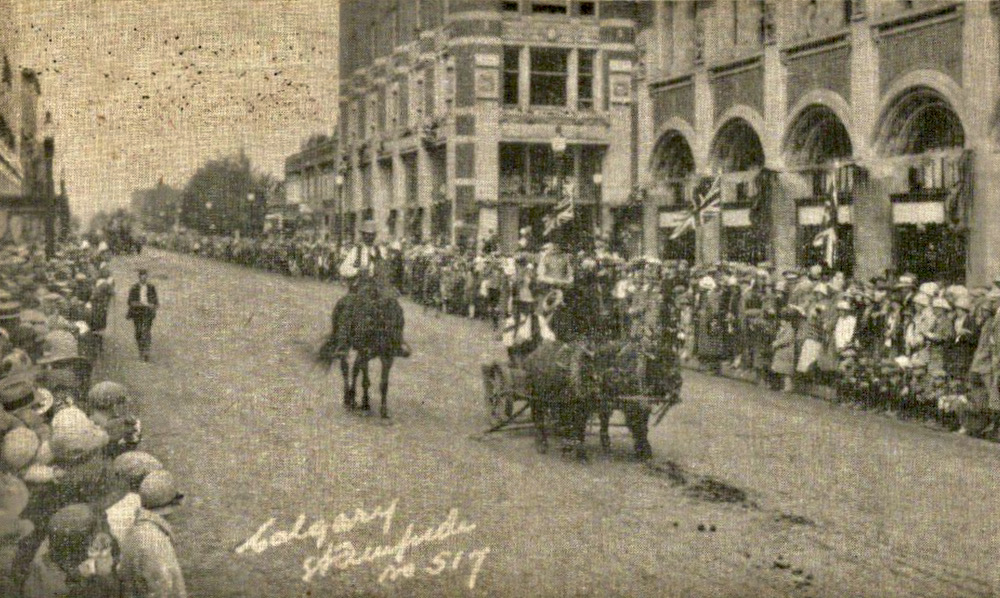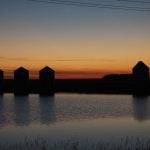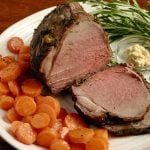By W.R. Cochrane, Cowley, Alta., from the September 1951 edition of Canadian Cattlemen
By W.R. Cochrane, Cowley, Alta.
When the Honorable James G. Gardiner officially opened the St. Mary’s Dam project by opening the valve that started the water flowing through the huge tunnel to ultimately provide irrigation facilities for a huge block of dry land, we reckon a lot of folks did not quite grasp the effect it might have on meat production in our nation. We understand that the proposition cost the Federal Government some seven millions of dollars and, as this is a considerable amount of money, it is quite possible that some of our citizens who reside in other parts of the country might wonder as to who will derive the benefit and how.
Read Also
History: Reminiscences of the North West Rebellion, 1885
Reminiscences of the North West Rebellion, 1885By Annie L. Gaetz ‘The seat of the North West Rebellion of 1885, was…
Folks in other lines of endeavor have been inclined to blame the unusual high prices for meat on to the growers, packers and retailers and the government of the day for not placing controls on the industry. However, the real reason appears to be that we have a growing population who are getting pretty fair wages and as our meat growers haven’t been able to keep up with the demand for various reasons, the bidding for the supplies available has been pretty brisk. So it would appear to be obvious that production must be stepped up considerably to take care of the increasing demand and we believe that anyone who takes the time out to study the situation a bit will realize that while a controlled price might ease up the strain on the wallet for a spell it won’t put any more steaks and roasts on the market nor would it make footgear and cow-hide luggage wear any longer. So the answer seems to be encouraged production.
To a westerner this irrigation scheme should need no explanation and the stockmen of Southern Alberta will observe working out of this huge project with great interest as anyone who has resided in the southern end of the province for some years will hardly deny that we have quite a few seasons when the rainfall isn’t sufficient or comes along at the wrong time to assure a good crop.
Those engaged in the ranching industry know only too well the absolute necessity of obtaining a plentiful supply of winter feed and in most instances the size of the herd that can be run is governed a whole lot on the wintering facilities. Time was, in the days of abundant range, when sufficient, favorable areas could be kept in reserve for winter pasture and no doubt this is still the practice where spreads are large and as our chinook winds are fairly prevalent in the winter months, dry stock can graze out most of the winter and come through in pretty fair shape. We sometimes are tempted to use strong language when these gentle zephyrs get too enthusiastic and we lose the old Stetson, but they do move the snow and we reckon that the bossies would rather see what they were eating than to try and ram their noses down through a foot or so of snow and take chances on finding something to masticate, by sense of the touch, when they had completed the rather frigid operation.
However, of late years with so much of the old rangeland turned into farms, the problem of winter pasture is more acute and consequently more feeding has to be done. Moreover, it doesn’t pay off any too good, in these days of limited supplies and high prices, to lose too much of the tallow that has been put on by the critters in the summer on account of having to be too stingy with feed in the winter months.
So any proposition that will practically guarantee an increased supply of feed for the cattle industry is an important step forward. The irrigation of a large area of land which only needs water to make it yield an abundance of feed for livestock should, and no doubt will, revolutionize the industry in Southern Alberta. Stock can be handled on farms where on account of short water supplies the operation was prohibitive before, and the milder winters in the south country will make it possible to increase the meat supplies by feeding probably more economically than any place on the continent.
We don’t aim to convey the impression that feed is all that should be produced in this vast new irrigation area as we reckon that the folk who run the farms will turn to a variety of crops, but in nearly every instance where hay and grain is not the main crop, feed will be an important by-product of the crop produced.
Feeder cattle have been shipped out of Alberta for years to be finished elsewhere, but with the bringing of more land under irrigation here at home it looks like in the near future a lot more of the finished product will be turned out from our home feedlots, for feeding beef in irrigation districts is no experiment, having been carried out successfully for some years here in Alberta.
This seven million dollar St. Mary’s dam is only part of a 30 million dollar project that is intended to bring an additional 400,000 acres of dry land under irrigation which owing to the intense farming methods employed on land under the system, will employ a large number of people and produce crops almost beyond the imagination.
It is true that it will take a little time for the project to get operating under full steam, but the green go-ahead light has been flashed and the federal and provincial departments of agriculture can rest assured that it will not take long to pay off handsomely in its contribution to the food supply of the nation.



